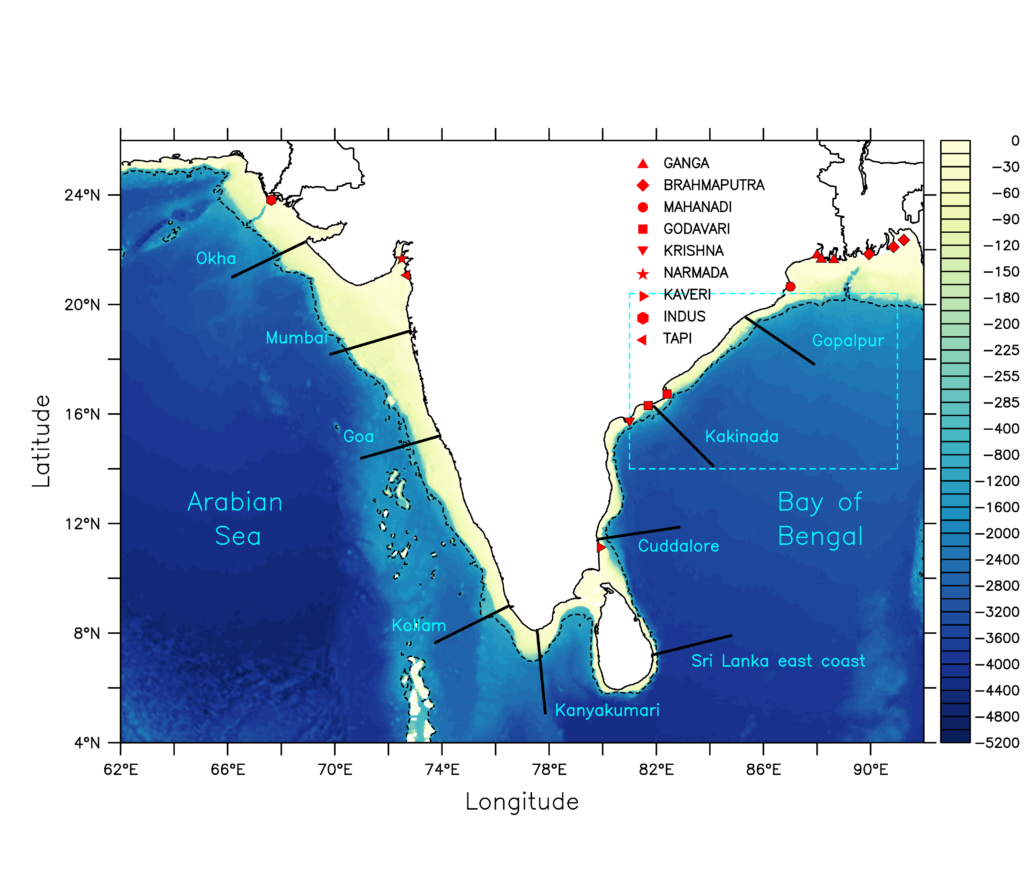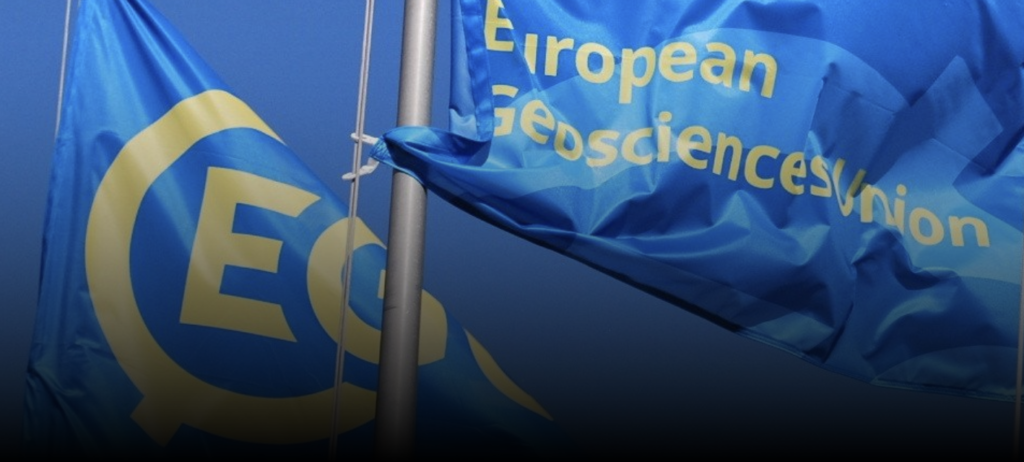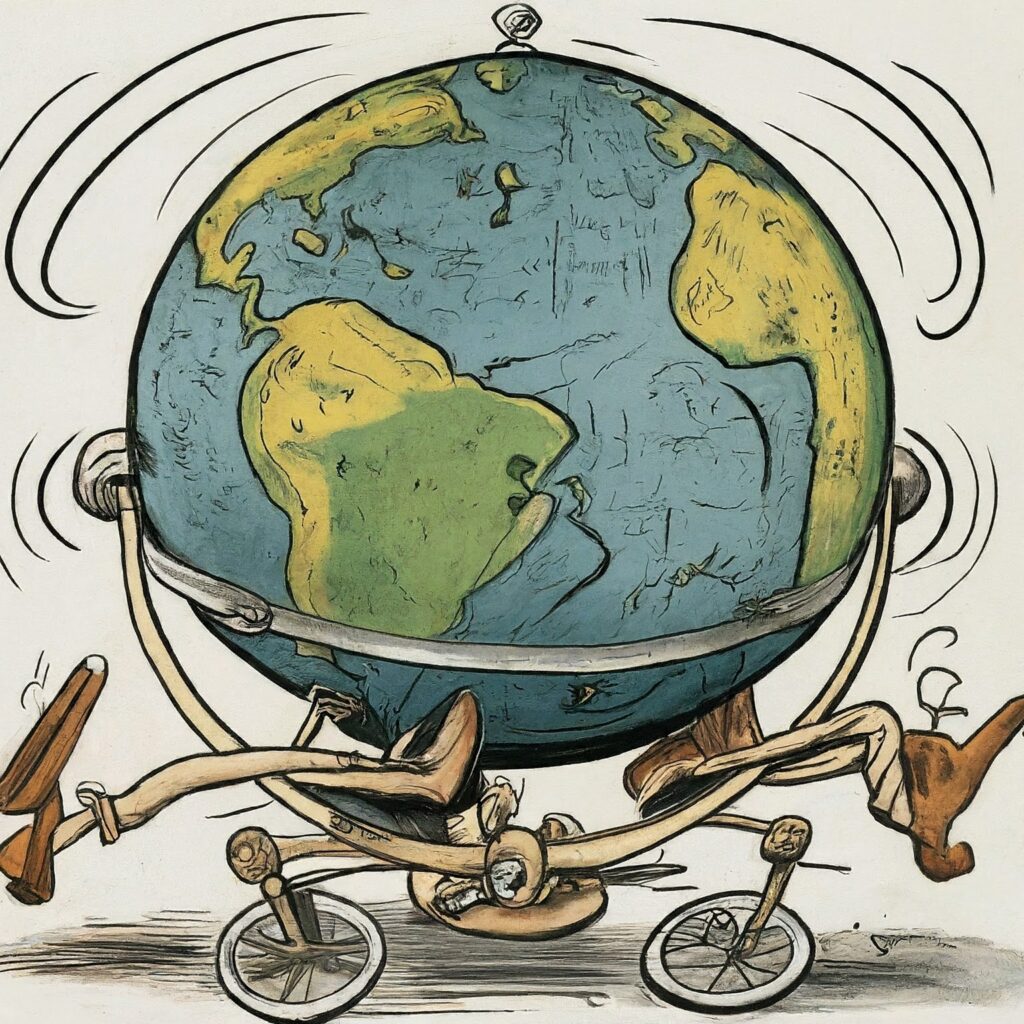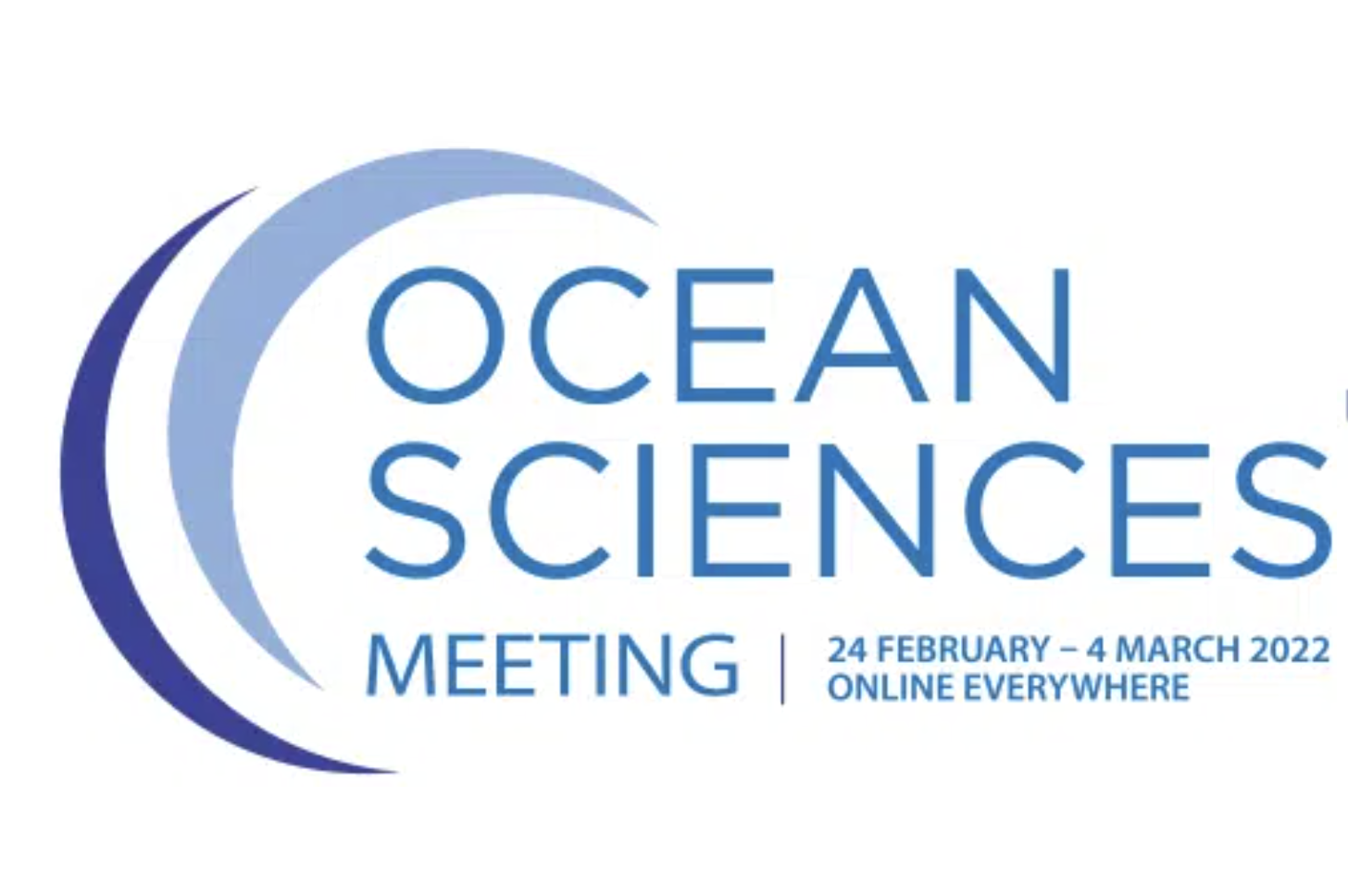Smarter Coastal Sea Level Forecasting
 Researchers use MITgcm to help improve seasonal US Gulf and East Coast sea level forecasts.
Researchers use MITgcm to help improve seasonal US Gulf and East Coast sea level forecasts.
Probing Possible Tipping Points
 Research using MITgcm reveals surprising shifts in Atlantic Ocean circulation under sudden climate forcing.
Research using MITgcm reveals surprising shifts in Atlantic Ocean circulation under sudden climate forcing.
Seasonal Ocean Transport Along the Indian Coast
 High-resolution modeling reveals how monsoons, eddies, and equatorial forces shape the movement of water, heat, and freshwater—critical for climate and coastal forecasting.
High-resolution modeling reveals how monsoons, eddies, and equatorial forces shape the movement of water, heat, and freshwater—critical for climate and coastal forecasting.
.
Leaky Eddies
 Researchers from Fudan University, Shanghai, China have been using MITgcm to explore leakage in cyclonic and anticyclonic mesoscale eddies.
Researchers from Fudan University, Shanghai, China have been using MITgcm to explore leakage in cyclonic and anticyclonic mesoscale eddies.
MITgcm in the Chukchi Sea
 By integrating MITgcm with satellite altimetry data, German researchers are able to validate Chukchi Sea observations and refine their understanding of the region’s ocean circulation patterns.
By integrating MITgcm with satellite altimetry data, German researchers are able to validate Chukchi Sea observations and refine their understanding of the region’s ocean circulation patterns.
MITgcm Goes to EGU
 This month, a taste from the blizzard of papers using MITgcm to be presented at the European Geophysical Union General Assembly this year.
This month, a taste from the blizzard of papers using MITgcm to be presented at the European Geophysical Union General Assembly this year.
Canary Island Tides
 This month we highlight research using ECCO in a regional study of sea-level height in the eastern North Atlantic.
This month we highlight research using ECCO in a regional study of sea-level height in the eastern North Atlantic.
Speeding up Spin Up
 This month we spotlight research using MITgcm in a study seeking to accelerate ocean biogeochemical model optimization.
This month we spotlight research using MITgcm in a study seeking to accelerate ocean biogeochemical model optimization.
Mangroves on the Move?
 This month we spotlight research using MITgcm to explore how factors beyond climate, such as dispersal limitations, impact the spread of mangroves.
This month we spotlight research using MITgcm to explore how factors beyond climate, such as dispersal limitations, impact the spread of mangroves.
MITgcm Goes to Ocean Sciences 2022
 This month, a taste from the smorgasbord of papers using MITgcm served up at this year’s Ocean Sciences Meeting.
This month, a taste from the smorgasbord of papers using MITgcm served up at this year’s Ocean Sciences Meeting.
